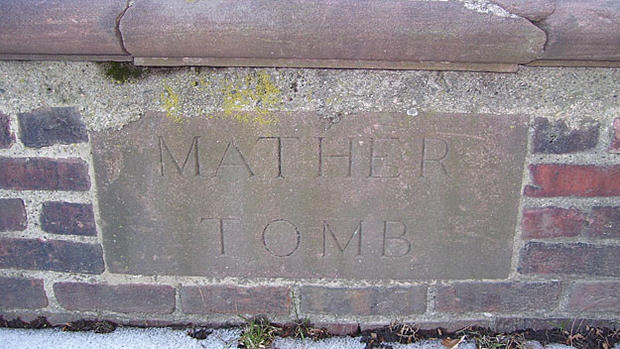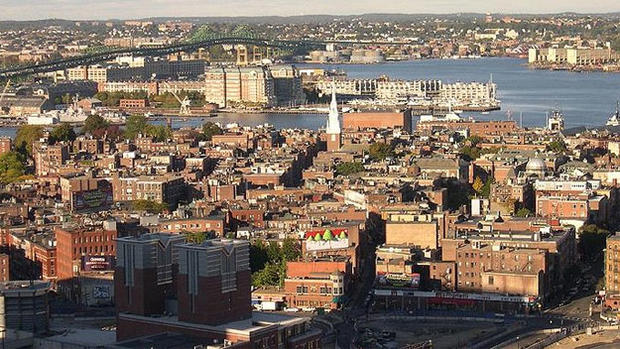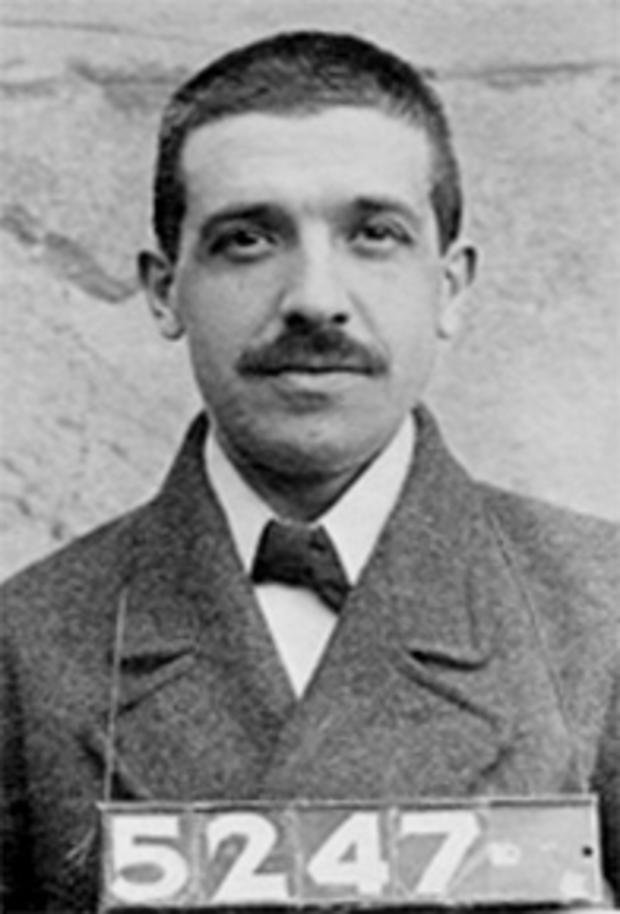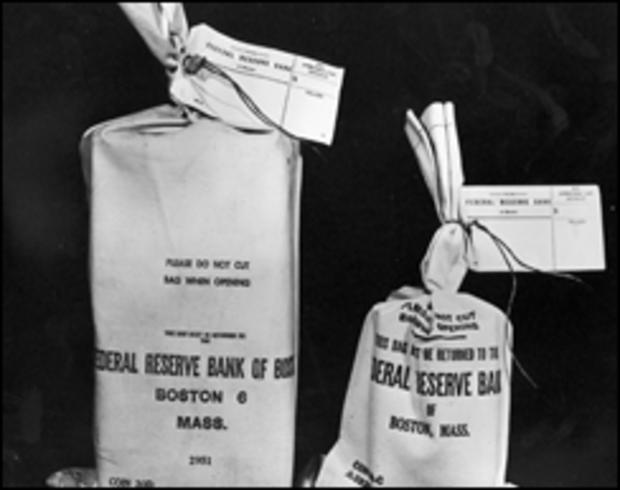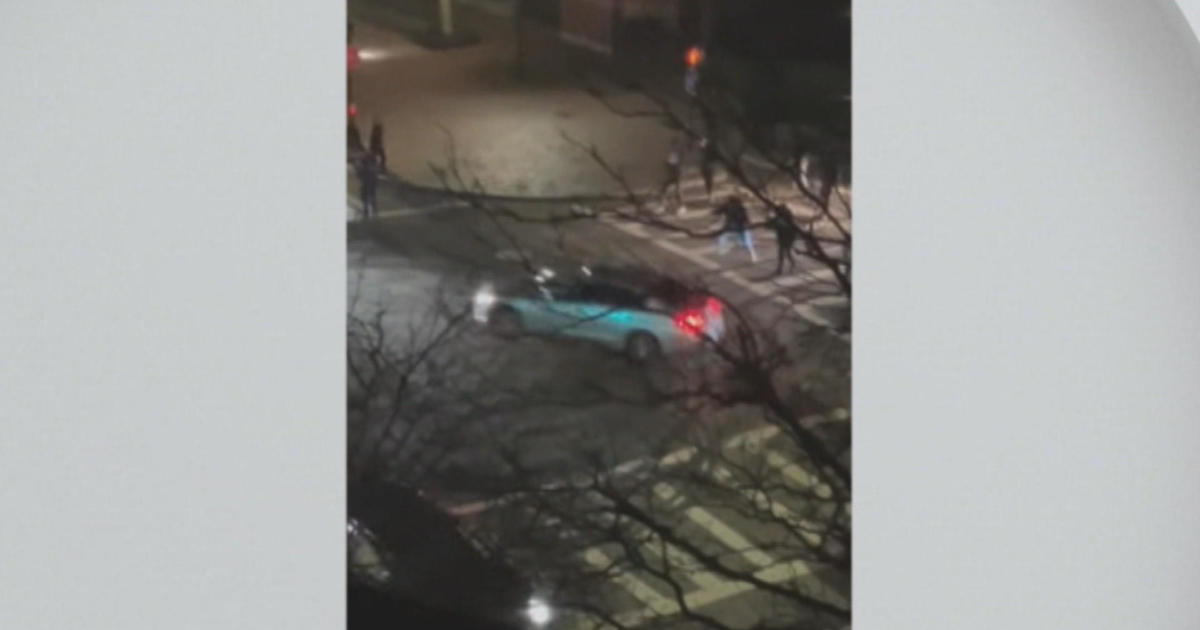5 Things You Didn't Know About Boston's North End
The North End is a huge tourist destination and the perfect place to celebrate food and American history. But here are five things you didn't know about this Boston neighborhood.
1. Cotton Mather's Home & Burial Place
Cotton Mather graduated Harvard University when he was 15 years old. He later was among a handful of people who pushed for inoculations during a smallpox outbreak in Boston. Mather went down in history as one of the most powerful influences in stoking the fears that led to the Salem Witch Trials. Mather lived on Hanover Street. He's buried in Copp's Hill Cemetery in the North End.
2. A Neighborhood Of Diversity
The North End has seen good times and bad. It originally was home to a number of mansions that housed some of the wealthiest aristocrats in colonial America. But, post-Revolutionary War, many of those residents, who were British loyalists, moved back to England or up into Canada. The Pierce-Hichborn and Ebenezer Clough houses from that era still stand on Unity Street. But just a few decades after the war, the neighborhood declined into one of the poorest around, a crowded enclave for Irish, Jewish, Portuguese, and Italian immigrants. Around 1850, the part of the North End that is now North Street had evolved into an infamous red light district with more than 200 brothels and some 1,500 establishments that sold liquor. Fast forward to today, where the median home price in the neighborhood exceeds$500,000.
3. Home Of The Ponzi Scheme
Charles Ponzi, the man whom Ponzi Scheme was named after, was an Italian-born businessman who eventually set up shop on Hanover Street. His "steal from Peter to give to Paul" scheme quickly made him enough to take over the Hanover Trust Bank of Boston, which was also on Hanover Street. He went on to make millions before his scheme eventually collapsed and the bank went under. After serving time in prison, he was broke when he died.
4. The Bank of the Boston Mafia
And while Ponzi claimed to have money that he didn't, the Bank of Boston had a lot more money than it claimed. In 1985, the feds accused the bank of processing $1.2 billion in cash transactions that were never reported. The transactions were linked to Gennaro J. Angiulo, the reputed head of the New England mafia. Angiulo and his associates would exchange paper bags full of cash for cashier's checks at the Bank of Boston branch in the North End.
5. The Crime Of The Century
On January 17, 1950, a gang of thieves pulled off the crime of the century, robbing the Brinks headquarters in the North End of $1,218,211.29 in cash and $1,557,183.83 in checks, money orders, and other securities. They almost got away with it. On January 12, 1956, after a falling out and three attempts on his life (presumably by fellow gang members), and just five days before the statute of limitations would run out, one of the thieves, Joseph James O'Keefe confessed. Eight people served jail time over the robbery, but only $58,000 of the $2.7 million was ever recovered.
Bonus:
The Great Molasses Flood
On January 15, 1919, a storage tank holding 2.3 million gallons of molasses exploded, sending a 15-foot wave surging through the North End. Twenty-one people died and 150 were injured in what was the worst molasses-related disaster in recorded history.
